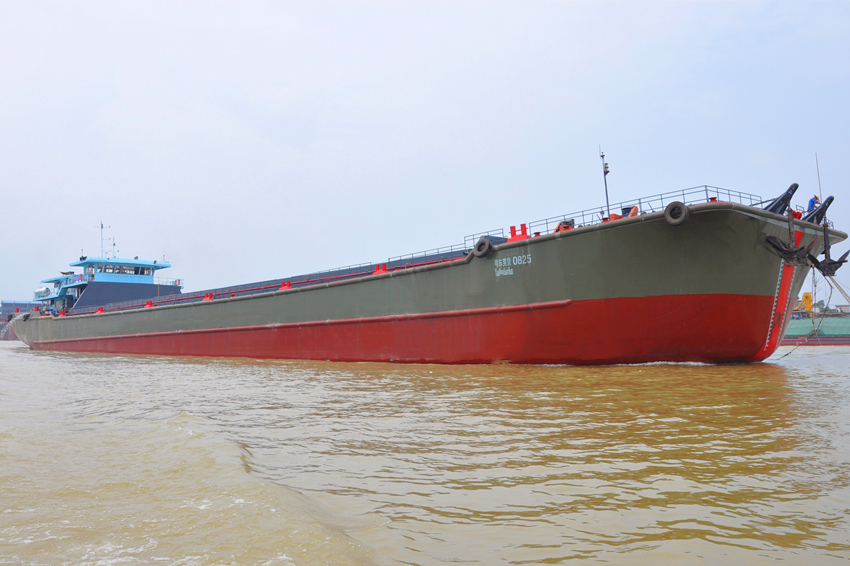A ship, also known as a vessel or boat, is a complex engineering structure composed of multiple systems and components to ensure its safe, efficient, and reliable operation on water. The following are the main components of a ship:
1. Hull:
-The hull is the main structure of a ship, usually made of steel, aluminum alloy, or other composite materials, which provides buoyancy and protects the internal structure and cargo.
-The design of the hull includes the form of the ship, hull panels, keel, ribs, etc.
2. Propulsion System:
-The propulsion system includes engines (such as diesel engines, gas turbines, or electric motors), transmission systems (such as gearboxes), and propellers (such as propellers or water jets).
-The propulsion system is responsible for providing power to enable the vessel to move forward, backward, and change course.
3. Steering System:
-The rudder system includes rudder, servo and control system, used to control the heading of the ship.
4. Deck and Superstructure:
-The deck is a horizontal structure on the hull used for walking, loading cargo, and installing equipment.
-The superstructure refers to the structures located on the main deck, such as the bridge, crew quarters, and living quarters.
5. Bridge:
-The bridge is the command center of a ship, including navigation equipment, communication equipment, and control systems.
6. Cargo Handling System:
-For cargo ships, the cargo loading and unloading system includes cranes, conveyor belts, container fixing devices, etc.

7. Ship's Systems:
-The ship system includes power system, water supply system, ventilation system, air conditioning system, fire protection system, life-saving equipment, etc., to ensure the normal operation of the ship and the living needs of the crew.
8. Navigation and Communication Equipment:
-Navigation devices such as radar, GPS, Electronic Chart Display Information System (ECDIS), etc. are used for navigation and collision avoidance.
-Communication equipment such as radio, satellite communication, etc. are used to communicate with the outside world.
9. Safety Equipment:
-Safety equipment includes lifeboats, life jackets, firefighting equipment, emergency power sources, etc., to respond to emergency situations.
10. Auxiliary Systems:
-The auxiliary system includes sewage treatment system, garbage treatment system, etc., to meet environmental protection requirements.
These components work together to ensure that the vessel can safely and effectively carry out its mission under various conditions, whether transporting goods, passengers, or performing military or scientific research tasks. With the development of technology, the composition and functions of ships are constantly evolving to meet new demands and challenges.





